 The Leonard Lopate Show
The Leonard Lopate Show
New Islamic Art Galleries at the Metropolitan Museum of Art
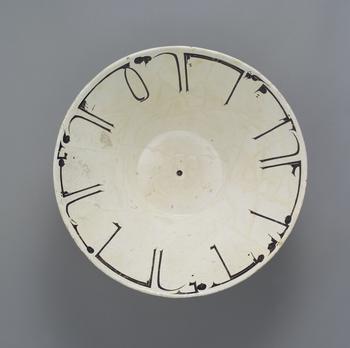
Earthenware; white slip with black-slip decoration under transparent glaze
H. 7 in. (17.8 cm), Diam. 18 in. (45.7 cm)
The Metropolitan Museum of Art, Rogers Fund, 1965
(65.106.2)
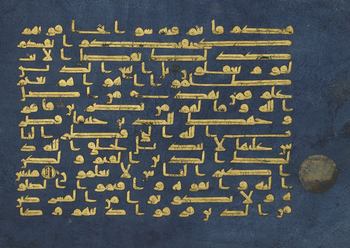
Gold and silver on indigo-dyed parchment
12 x 15–7/8 in. (30.4 x 40.2 cm)
The Metropolitan Museum of Art, Purchase, Lila Acheson Wallace Gift, 2004
(2004.88)
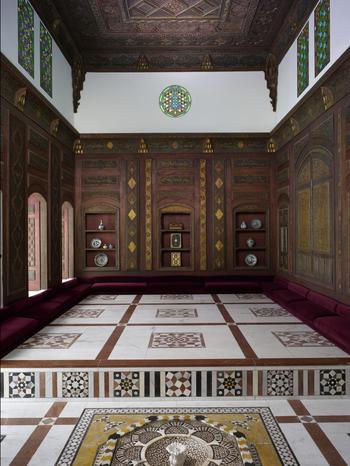
Wood (poplar) with gesso relief, gold and tin leaf, glazes and paint; wood (cypress, poplar, and mulberry), mother-of-pearl, marble and other stones; stucco with glass; plaster ceramic tiles, iron, brass
H. Antechamber 22 ft. (6.7 m); seating area 19 ft. 11 in. (5.17m), L. 26 ft. 2 in.
(7.9 m), W. 16 ft. 8 in. (5 m)
The Metropolitan Museum of Art, Gift of The Hagop Kevorkian Fund, 1970
(1970.170)
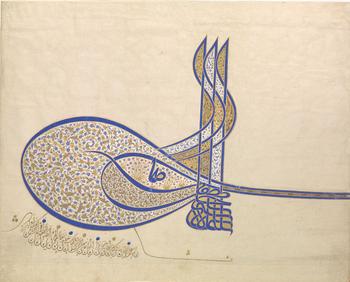
Ink, opaque watercolor, and gold on paper
20–1/2 x 25–3/8 in. (52.1 x 64.5 cm)
The Metropolitan Museum of Art, Rogers Fund, 1938
(38.149.1)
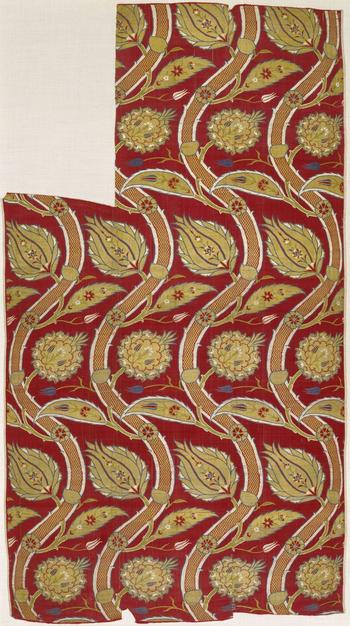
Silk, metal-wrapped thread; lampas (kemha)
L. 48 in. (121.9 cm) W. 26–1/2 in. (67.3 cm)
The Metropolitan Museum of Art, Purchase, Joseph Pulitzer Bequest, 1952
(52.20.21)
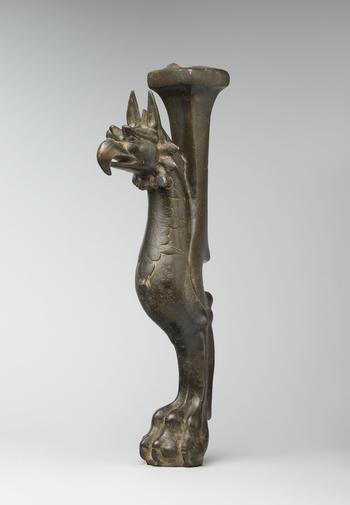
Bronze; cast around a ceramic core and chased
22–3/8 x 3–3/8 in. (57.0 x 8.7 cm)
The Metropolitan Museum of Art, Purchase, Joseph Pulitzer Bequest, 1971
(1971.143)
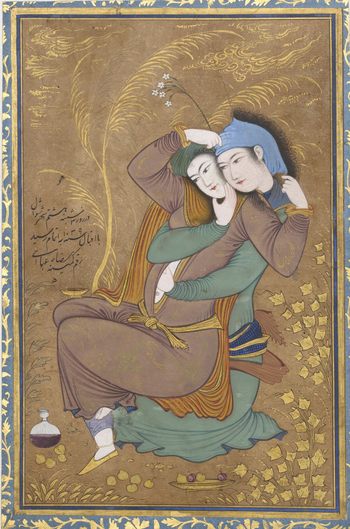
Opaque watercolor, ink, and gold on paper
Painting: 6–7/8 x 4–3/8 in. (17.5 x 11.1 cm) Page: 7–1/8 x 4 3/4 in. (18.1 x 11.9 cm)
The Metropolitan Museum of Art, Purchase, Francis M. Weld Gift, 1950
(50.164)
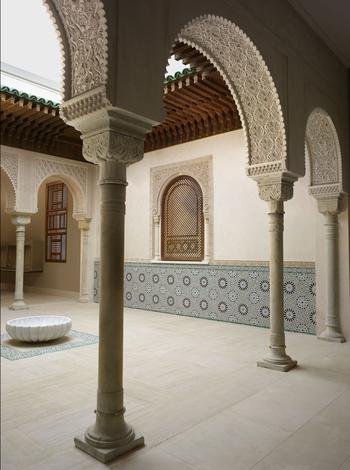
New Galleries for the Art of the Arab Lands, Turkey, Iran, Central Asia, and Later
South Asia, opening November 1, 2011, at The Metropolitan Museum of Art,
New York
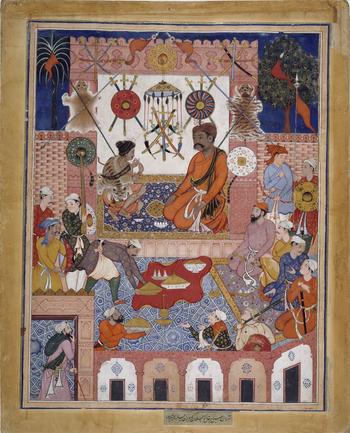
Ink, watercolor, and gold on cotton
27–7/8 x 21–5/8 in. (70.8 x 54.9 cm)
The Metropolitan Museum of Art, Rogers Fund, 1924
(24.48.1)